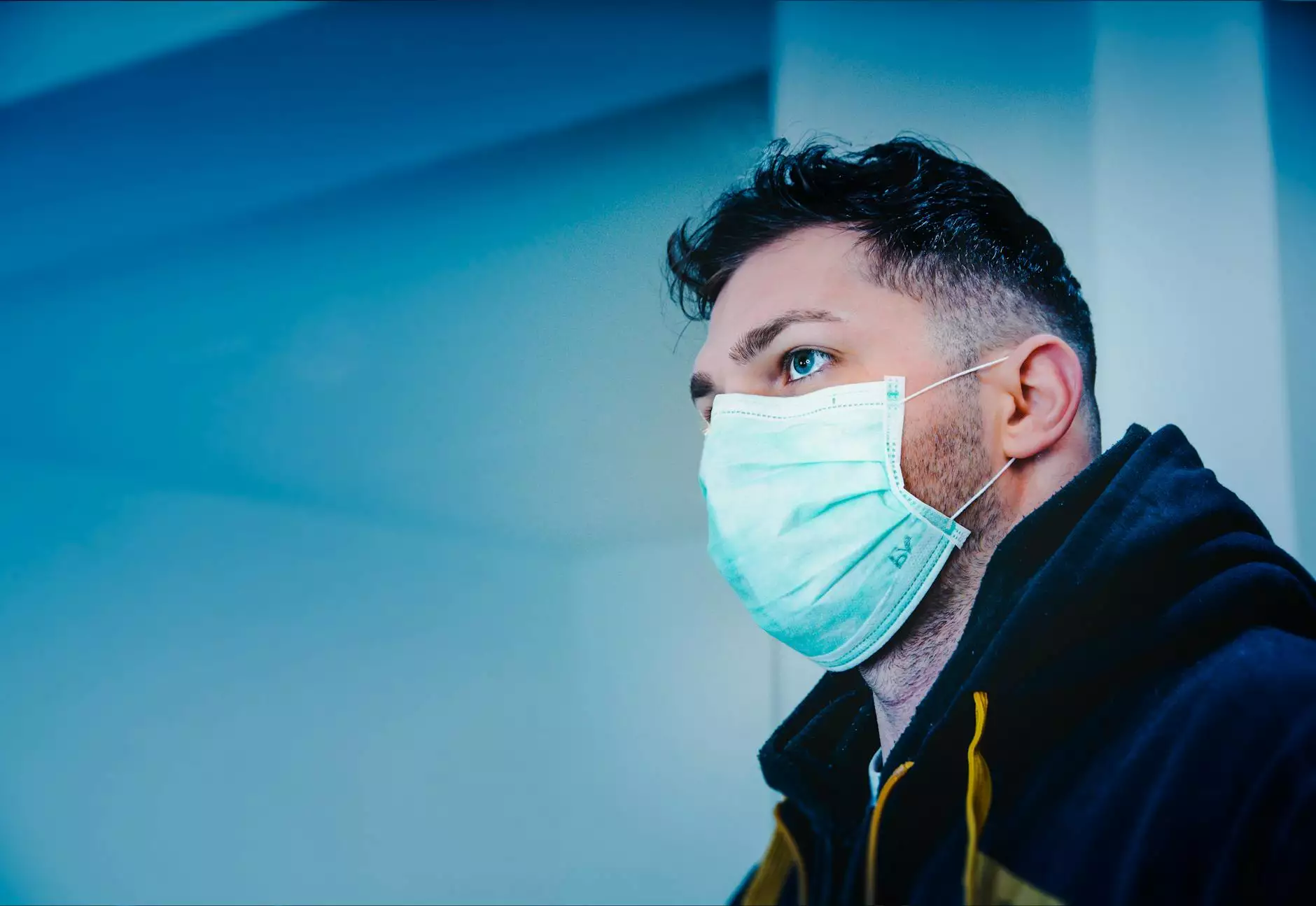Deep Vein Thrombosis: Understanding the Signs and Symptoms

Welcome to Truffles Vein Specialists, your trusted source of information on deep vein thrombosis (DVT). In this article, our expert doctors in vascular medicine will guide you through the signs and symptoms of DVT, its causes, prevention methods, and available treatment options.
Understanding Deep Vein Thrombosis (DVT)
Deep vein thrombosis, commonly referred to as DVT, is a serious medical condition characterized by the formation of blood clots, or thrombi, in the deep veins of the body, typically in the legs. If left untreated, these clots can dislodge and travel through the bloodstream, causing a potentially life-threatening condition known as pulmonary embolism.
Signs and Symptoms of Deep Vein Thrombosis
Recognizing the signs and symptoms of DVT is crucial for early detection and prompt treatment. Here are some common indicators:
1. Leg Pain and Swelling
One of the primary symptoms of DVT is pain and swelling in the affected leg. This pain may feel like a cramp or soreness, and the swelling is often accompanied by warmth and redness in the affected area.
2. Tenderness and Sensitivity
The area around the blood clot may become tender to the touch and sensitive. Minor pressure or even light touch may elicit pain or discomfort.
3. Visible Veins
In some cases, the affected veins may become more visible or prominent. This is particularly noticeable in lighter-skinned individuals.
4. Skin Discoloration
The skin over the affected area may change color, appearing reddish or bluish. This discoloration is a result of impaired blood flow due to the clot.
5. Warmth and Increased Skin Temperature
The skin over the affected vein may feel warm to the touch. This increased skin temperature in the affected area is another indicator of possible DVT.
6. Unexplained Cough or Shortness of Breath
DVT can lead to pulmonary embolism when the blood clot travels to the lungs. Symptoms of a pulmonary embolism may include an unexplained cough, sudden shortness of breath, and chest discomfort.
Causes and Risk Factors
DVT can occur in anyone, but certain factors increase the risk of developing the condition. These include:
- Previous history of DVT or pulmonary embolism
- Family history of blood-clotting disorders
- Recent surgery or hospitalization
- Prolonged immobility, such as during long-distance travel or bed rest
- Pregnancy and postpartum period
- Smoking
- Obesity
- Use of hormonal contraceptives
It's important to note that the presence of these risk factors does not guarantee the development of DVT, but they do increase the likelihood.
Prevention and Treatment Options
Fortunately, there are measures you can take to reduce the risk of developing DVT. These include:
- Maintaining an active lifestyle with regular exercise
- Avoiding prolonged periods of immobility
- Wearing compression stockings, especially during long flights or car rides
- Staying hydrated and maintaining a healthy weight
- Quitting smoking
- Seeking medical advice before starting hormonal contraceptives
If you suspect you might have DVT or are experiencing any of the symptoms mentioned above, it is crucial to seek prompt medical attention. Truffles Vein Specialists are highly experienced in diagnosing and treating DVT.
Depending on the severity of the condition, treatment options may include:
- Anticoagulant medications to prevent further clotting
- Thrombolytic therapy to dissolve existing clots
- Placement of a vena cava filter to prevent blood clots from reaching the lungs
- Surgical intervention in rare cases to remove the clot
Remember, early detection and proper treatment can significantly improve outcomes for individuals with DVT.
Contact Truffles Vein Specialists Today
If you have any concerns about deep vein thrombosis or would like to learn more about our comprehensive vascular medicine services, contact the expert doctors at Truffles Vein Specialists today. Our team is dedicated to providing personalized care and ensuring the well-being of our patients.
Don't let DVT hold you back from living a healthy and active life. Contact us now and take the first step towards better vascular health.
deep vein thrombosis signs and symptoms








